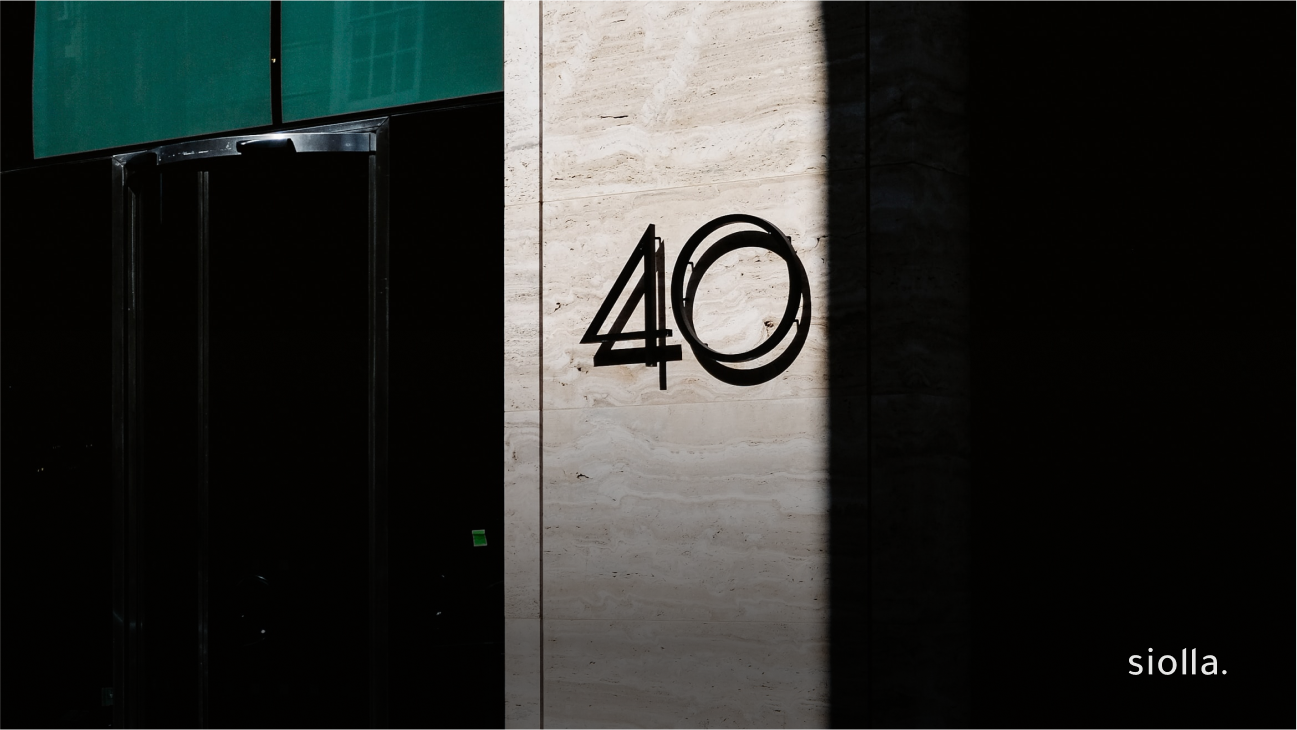While it’s ideal to begin retirement planning in your 20s or 30s, it’s never too late to get on track, even if you’re in your 40s or older. Here’s how to start:
1. Evaluate Your Situation:
Begin by taking a close look at your overall financial picture. Examine your income and expenses. Create a budget with a primary focus on maximizing your retirement savings. Older individuals often have added financial responsibilities like children, mortgages, and car payments. However, with your earning potential at its peak, your income is likely higher than in your earlier years.
2. Build a Retirement Account:
Start saving based on your budget. Your first step should be to establish an emergency or rainy-day fund if you don’t already have one. This fund should cover three to six months’ worth of expenses and be kept in a readily accessible savings account. Once you’ve created this financial safety net, shift your attention to your retirement goals.
The two primary types of retirement accounts to consider are 401(k)s and Individual Retirement Accounts (IRAs).
- 401(k) Account: Usually provided by employers, 401(k) accounts allow you to contribute up to $18,500 of pre-tax income annually if you’re under 50, and up to $24,500 once you reach 50.
- Individual Retirement Account (IRA): Anyone can open an IRA at a bank or financial institution. The maximum annual contribution is $6,000 if you’re under 50, and $7,000 after reaching 50. You can have both a 401(k) and an IRA, and depending on your circumstances, it may be worth considering a Roth IRA or 401(k) for additional benefits.
To make the most of your retirement savings, aim to contribute as close as possible to the maximum allowed amount each year.
3. A Simple Retirement Planning Checklist:
- Open a traditional or Roth IRA and a 401(k) if possible, as these accounts offer tax advantages to help with retirement savings.
- Determine your maximum annual contribution limits, which are $19,000 for 401(k)s and $6,000 for IRAs if you’re under 50.
- Reevaluate your retirement plans. If you’re in your 40s and just beginning to save, you might need to adjust your expected retirement date.
Starting to plan for retirement later in life might require some adjustments, but with dedication and careful financial planning, you can still work toward a secure and comfortable retirement.



